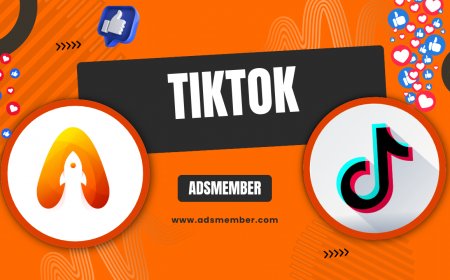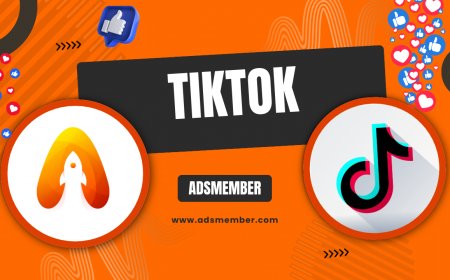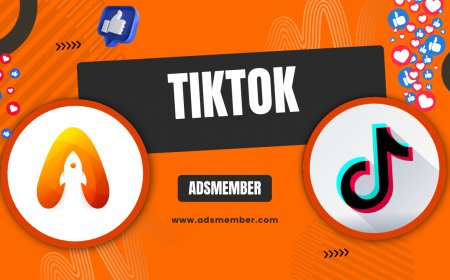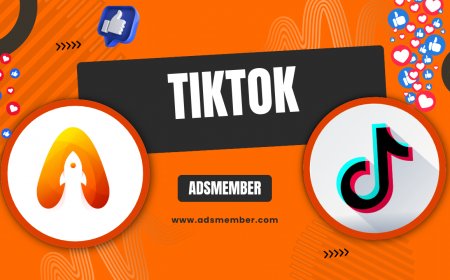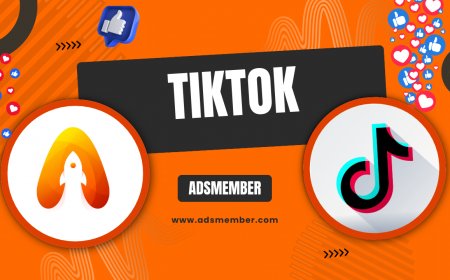What’s Douyin? Unpacking China’s TikTok Sibling
Curious about what’s Douyin? Dive into China’s version of TikTok, exploring its features, differences, and why it’s a social media giant in 2023.
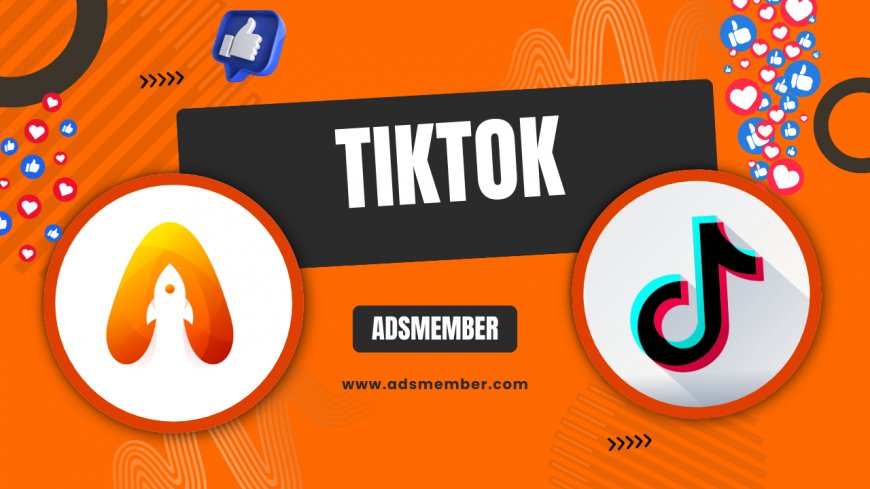
If you’ve ever wondered, 'What’s Douyin?', you’re not alone. Douyin is the Chinese counterpart to TikTok, created by the same parent company, ByteDance. But don’t be fooled—these two apps aren’t identical twins. Douyin caters specifically to the Chinese market with unique features, stricter content rules, and a massive user base of over 600 million daily active users as of 2023 (source: Statista). Honestly, I’m fascinated by how it’s shaped digital culture in China. In this guide, I’ll break down what makes Douyin tick, how it differs from TikTok, and why it’s a goldmine for marketers and creators. Let’s dive in!
Understanding Douyin: The Basics
Douyin, launched in 2016, is a short-video platform where users create, share, and discover 15-second to 5-minute clips. Think TikTok, but with a Chinese twist. It’s exclusively available in mainland China, and its name translates to 'shaking sound,' reflecting its focus on music and dance content. In my opinion, its rapid growth—hitting 150 million users in just two years—shows how perfectly it resonates with local tastes. If you’re curious about global social trends, understanding Douyin is a must.
How Douyin Works
The app’s core is simple: swipe through an endless feed of algorithm-driven videos. Users can apply filters, effects, and music from a vast library. What’s unique? Douyin heavily pushes localized content, often tied to Chinese holidays or trends. Sign up with a Chinese phone number, and you’re in—though non-Chinese users might need a VPN to access it. I’ve seen creators build massive followings overnight thanks to its hyper-personalized algorithm.
Douyin vs. TikTok: Key Differences
While Douyin and TikTok share DNA, they’re tailored to different audiences. Douyin operates under China’s strict internet regulations, meaning content is heavily moderated compared to TikTok’s freer vibe. Honestly, I find Douyin’s interface cleaner, with more focus on e-commerce integration. TikTok, meanwhile, prioritizes global memes and cross-border trends. Curious about specifics? Let’s break it down.
Content and Censorship
Douyin’s content leans toward family-friendly and culturally relevant themes. Political or sensitive topics? They’re often scrubbed. TikTok, on the other hand, allows more diverse expression, depending on regional laws. I’ve noticed Douyin videos often feel more polished, almost like mini-productions.
User Demographics
Douyin’s user base is predominantly Chinese, with a strong Gen Z and Millennial presence. TikTok spans globally, hitting over 1 billion users (Statista, 2023). Fun fact: Douyin users spend an average of 52 minutes daily on the app, slightly more than TikTok’s global average. It’s a subtle but telling difference in engagement.
Why Douyin Matters for Marketers
If you’re in digital marketing, ignoring Douyin is a missed opportunity. With its built-in e-commerce tools like Douyin Store, brands can sell directly through videos. I’ve seen small businesses explode by leveraging live-streaming sales—something TikTok is only starting to catch up on. In 2022, Douyin’s e-commerce sales hit $200 billion (source: ByteDance reports via Reuters). That’s insane! Want to tap into this? Start with localized content and influencer partnerships.
Unique Marketing Tips for Douyin
- Focus on Chinese cultural nuances—think Lunar New Year campaigns.
- Partner with KOLs (Key Opinion Leaders) for authentic reach.
- Use Douyin’s AR effects for interactive ads—users love them.
- Post during peak hours (7–9 PM local time) for max visibility.
Pros and Cons of Using Douyin
- Pros: Massive audience, direct e-commerce tools, high engagement rates.
- Cons: Strict content rules, language barrier, limited global access.
Visualizing Douyin’s Growth
Check out this simple chart I’ve crafted to show Douyin’s user growth over the years. The numbers are staggering!
What’s Douyin Like for Creators?
For creators, Douyin is both a playground and a challenge. The algorithm favors frequent posting—think 3–5 videos weekly. But the competition is fierce. I’ve talked to creators who swear by niche content like cooking or traditional Chinese crafts to stand out. If you’re outside China, collaborating with local creators via platforms like Social Media Trends can be a workaround. My tip? Study trending hashtags daily—they change fast!
FAQ: What’s Douyin All About?
Still got questions? I’ve got answers. Here are the top queries I hear about Douyin, answered with clarity.
Is Douyin the Same as TikTok?
No, though they’re both owned by ByteDance. Douyin is for China only, with stricter content rules and localized features. TikTok is global and less restricted in most regions. Think of Douyin as TikTok’s culturally tailored sibling.
Can I Use Douyin Outside China?
Technically, yes, but it’s tricky. You’ll need a Chinese phone number to register and often a VPN to bypass geo-restrictions. It’s not designed for international users, so expect language and access hurdles.
How Can Brands Benefit from Douyin?
Brands can tap into Douyin’s huge audience and e-commerce tools. Live-streaming sales, influencer collabs, and targeted ads work wonders. Just ensure your content aligns with Chinese culture and regulations for best results.
What's Your Reaction?
 Like
0
Like
0
 Dislike
0
Dislike
0
 Love
0
Love
0
 Funny
0
Funny
0
 Angry
0
Angry
0
 Sad
0
Sad
0
 Wow
0
Wow
0




































